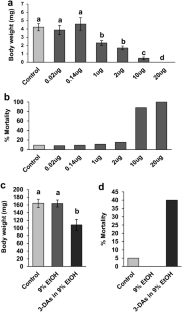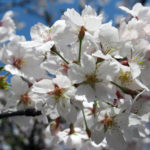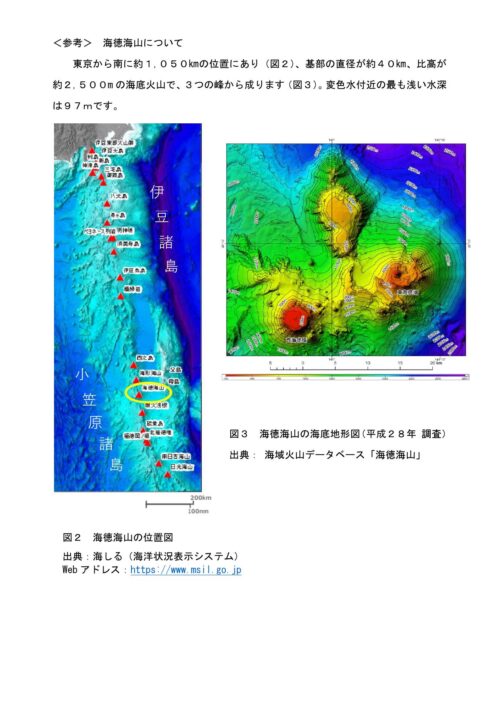2022-08-23 ペンシルベニア州立大学(PennState)
ソルガムきびとコーンフラボノイドが秋のソルガムきびとコーンフラボノイドがアワヨトウの幼虫の生存に影響を与えることを3部構成の実験で実証した。の幼虫の生存に影響を与えることを3部構成の実験で実証した。
ソルガム・フラボノイドを添加した人工飼料で実験室で飼育したアワヨトウの幼虫は、著しい死亡率と幼虫の体重減少が見られたことが明らかになった。
摂食試験で、フラボノイド生産系統を食べた幼虫は、非フラボノイド系統や野生型と比較して、有意に高い死亡率を示した。フラボノイドを生産しているトウモロコシの方が、フラボノイドを生産していないトウモロコシよりも、被害が有意に少なかった。
ある種のソルガム系統から葉のフラボノイドを抽出し、それを感受性の高いコーン系統の葉に散布しました。フラボノイド抽出物は秋の軍隊虫の幼虫の成長を効果的に減少させ、死亡率を増加させ、感受性系統をアワヨトウの幼虫の食害に対して抵抗性にした。
<関連情報>
- https://www.psu.edu/news/research/story/flavonoids-sorghum-plants-kill-fall-armyworm-pest-corn-may-protect-crop/
- https://link.springer.com/article/10.1007/s10340-022-01535-y
ソルガムおよびトウモロコシのフラボノイドは秋蚕 Spodoptera frugiperda の成長と生存に有害である。 Sorghum and maize flavonoids are detrimental to growth and survival of fall armyworm Spodoptera frugiperda
Debamalya Chatterjee,Tyler Lesko,Michelle Peiffer,Dinakaran Elango,Julien Beuzelin,Gary W. Felton & Surinder Chopra
Journal of Pest Science Published:07 July 2022
DOI:https://doi.org/10.1007/s10340-022-01535-y

Abstract
Fall armyworm (FAW) Spodoptera frugiperda (J.E. Smith) is becoming an invasive pest globally, and it causes significant yield losses in sorghum (Sorghum bicolor (L.) Moench) and maize (Zea mays L.). In this study, we demonstrated that sorghum and maize flavonoids affect survival of FAW larvae. Larvae reared on an artificial diet supplemented with sorghum flavonoids showed significant mortality and decreased body weight. When sprayed on leaves of susceptible maize lines, flavonoid extract effectively reduced the growth and increased the mortality of FAW larvae. As FAW is a major pest of maize, we further investigated the larval mortality when reared on maize lines overproducing flavonoids compared to their near-isogenic wild-type lines. The detached leaf assays showed significantly high mortality of larvae that were fed on flavonoid producer lines compared to wild type. The peritrophic membrane that protects the midgut was severely damaged in larvae fed on leaves of flavonoid producer lines compared to wild type. The effectiveness of the flavonoids as feeding deterrents by endogenous expression and exogenous application demonstrates the eco-friendly potential for the management of FAW larvae.



